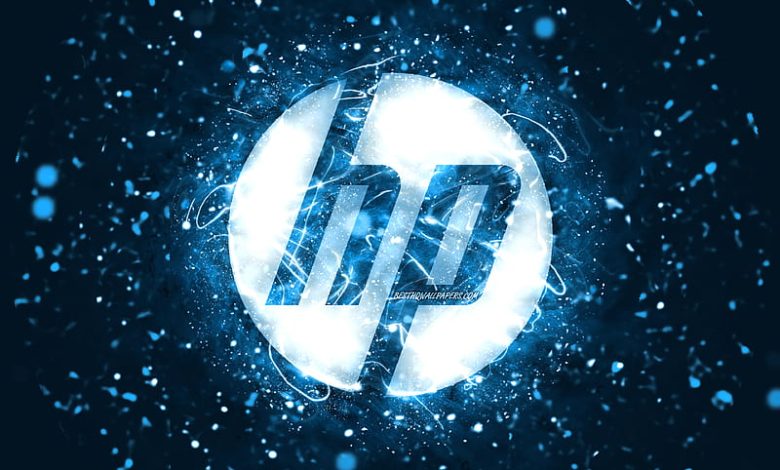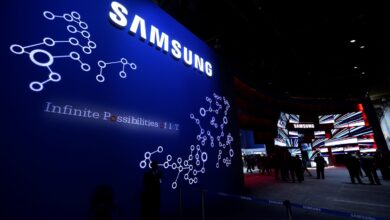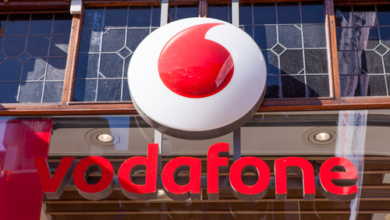HP: A Journey Through Innovation and Technology

Hewlett-Packard (HP), one of the world’s leading technology companies, has played a significant role in shaping the modern tech landscape. Founded in 1939 by Bill Hewlett and Dave Packard, HP has evolved from a small garage operation into a global giant that has consistently pushed the boundaries of innovation. This article takes a closer look at HP’s history, contributions, and its impact on the tech industry.
In a humble garage in Palo Alto, California, two Stanford University graduates, Bill Hewlett and Dave Packard, laid the foundation for what would become one of the most influential tech companies in history. With a capital investment of $538, they started their business in 1939, initially producing audio oscillators. The company’s success began when Walt Disney purchased their first product, leading to the incorporation of HP in 1947.
HP quickly established itself as an innovative force in the electronics industry. In the 1950s, they introduced the first high-speed frequency counter and became a major player in the field of test and measurement equipment. The company’s commitment to quality and precision earned them a reputation for reliable and accurate instruments.
As technology advanced, so did HP’s product portfolio. In the 1960s, they ventured into computing, producing one of the world’s first minicomputers, the HP 2116A. They later entered the calculator market, introducing the HP 9100A, a desktop calculator that proved to be a commercial success.
The 1980s marked a pivotal moment for HP as they entered the personal computer (PC) market. The HP 150, launched in 1983, was among the first commercially successful all-in-one PCs with a graphical user interface. While not as iconic as some of its competitors, HP’s contributions in the PC market helped pave the way for the future of computing.
In the late 1980s and throughout the 1990s, HP further solidified its position in the tech industry with its inkjet and laser printers. The HP DeskJet series, introduced in 1988, became immensely popular and revolutionized home and office printing. Today, HP is still recognized as a leading manufacturer of printers and imaging solutions.
To stay competitive, HP diversified its offerings through strategic acquisitions. In 2002, they merged with Compaq, a move that sparked much debate. Despite initial skepticism, the merger expanded HP’s capabilities and market reach. The company also acquired other entities, including Palm Inc. for its mobile technology and 3Com for networking solutions.
The early 2010s brought challenges for HP, with shifts in consumer demands and fierce competition. Leadership changes and shifts in strategic focus affected the company’s growth. In 2015, HP split into two separate entities – HP Inc., focusing on personal computers and printers, and Hewlett Packard Enterprise (HPE), concentrating on enterprise solutions and services.
In recent years, HP has prioritized sustainability and corporate responsibility. They have made significant strides in reducing their environmental impact, promoting ethical sourcing, and championing diversity and inclusion. HP’s commitment to sustainability aligns with the global movement towards more environmentally conscious business practices.
As of my last knowledge update in September 2021, HP remained a key player in the technology industry, constantly innovating and adapting to new market demands. Their dedication to research and development, customer-centric approach, and commitment to sustainability have helped them weather challenges and stay relevant in a fast-paced tech landscape.
HP’s journey from a garage startup to a global tech giant is a testament to the power of innovation and vision. Throughout its history, the company has continuously contributed to the advancement of technology in various sectors. As HP continues to evolve, it will undoubtedly leave a lasting impact on the industry, shaping the future of computing, printing, and beyond.






